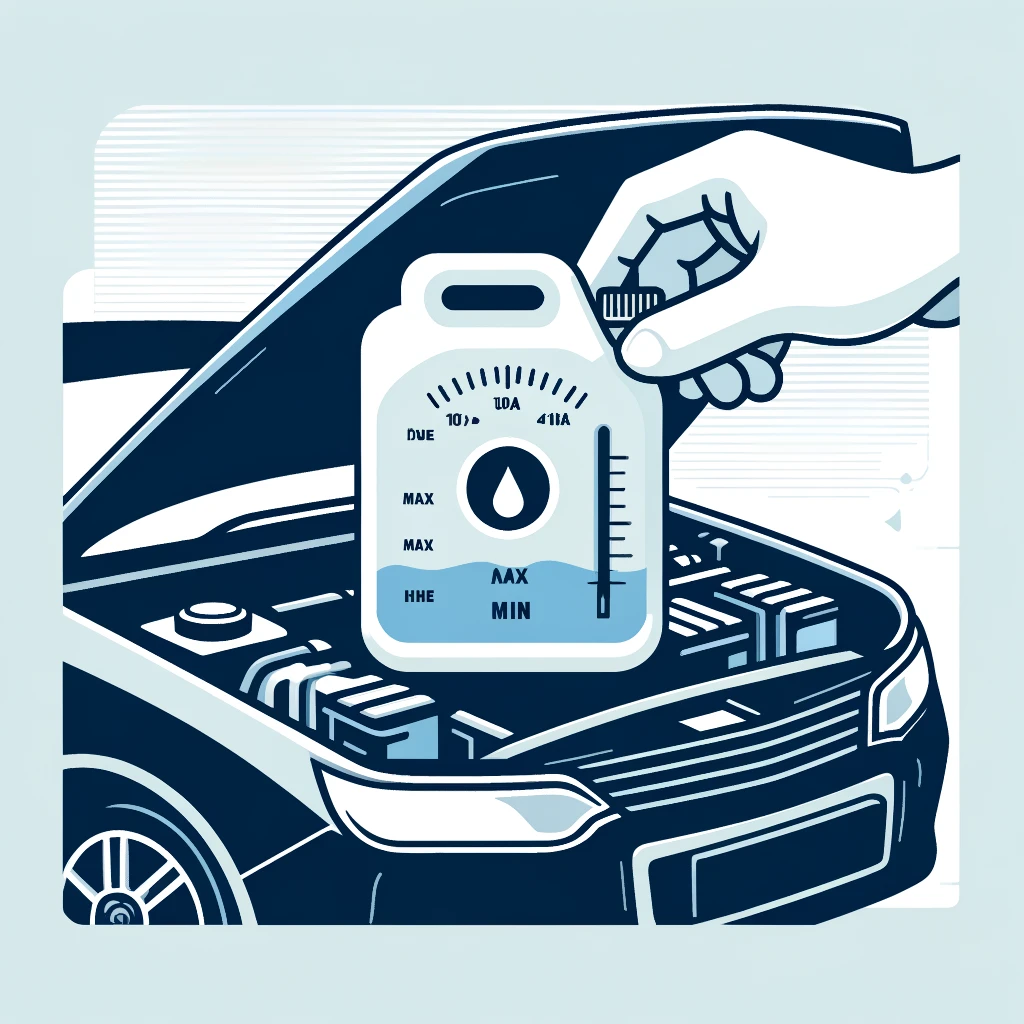Maintaining the proper coolant level in your car is crucial for keeping the engine running at the right temperature and preventing overheating. This guide will show you how to check and maintain your car’s coolant level effectively.
Introduction
The coolant in your car, also known as antifreeze, plays a vital role in managing engine temperature and preventing freezing in colder climates. Regular checks can help you catch leaks early and ensure your engine operates efficiently.
What You’ll Need
- A cool engine (never check coolant on a hot engine)
- Protective gloves and eyewear
- A rag or paper towel
Steps to Check the Coolant Level
Step 1: Locate the Coolant Reservoir
- Open your car’s hood and locate the coolant reservoir. It’s usually a translucent plastic tank with hoses leading to the radiator. There will be markings on the side of the reservoir indicating ‘Max’ and ‘Min’ levels.
Step 2: Check the Coolant Level
- Examine the level of fluid in the reservoir. The coolant should be between the ‘Max’ and ‘Min’ lines on the reservoir when the engine is cold. If the coolant is below the ‘Min’ line, you will need to add more.
Step 3: Check the Condition of the Coolant
- Look at the color of the coolant through the reservoir. It should be bright in color, typically green, orange, red, or blue, depending on the type of coolant used in your vehicle. If it’s discolored or has particles floating in it, it may need to be changed.
Step 4: Add Coolant if Necessary
- If the level is low, prepare to add the correct type of coolant for your vehicle. Make sure to use a mix of coolant and water as recommended by your car manufacturer (often 50/50).
- Slowly pour the coolant into the reservoir until it reaches just under the ‘Max’ line to allow for expansion when the engine heats up.
Step 5: Check for Leaks
- After filling, briefly run the engine and look for leaks under the vehicle. If you notice a consistent drop in coolant levels with frequent refills, have your car inspected by a professional.
Frequently Asked Questions (FAQs)
How often should I check my car’s coolant level?
It’s recommended to check your car’s coolant level at least once a month and before any long trips. It’s also wise to check it more frequently in extreme weather conditions.
What should I do if I find the coolant level frequently low?
If you notice that the coolant level is frequently low, it could indicate a leak or a problem with the cooling system. It’s important to have your vehicle inspected by a professional mechanic to avoid overheating and engine damage.
Can I use water instead of coolant in my radiator?
While water can be used in an emergency to top off the coolant level, it should not be used as a permanent solution. Coolant contains additives that prevent corrosion and freezing, which water alone cannot provide.
Is it normal for the coolant level to fluctuate?
Some fluctuation in coolant level can be normal as the engine heats up and cools down. However, dramatic drops in the coolant level are not normal and should be checked by a professional.
What type of coolant should I use for my car?
Always use the type of coolant specified in your vehicle’s owner manual. Different engines require different types of coolant due to varying chemical compositions that are compatible with specific engine materials.
What happens if I overfill the coolant reservoir?
Overfilling the coolant reservoir can cause leaks and may result in coolant overflowing when the engine heats up. It’s important to fill the coolant up to just under the ‘Max’ line to allow space for expansion.
Can I check and refill the coolant while the engine is hot?
You should never check or refill coolant while the engine is hot. Opening the coolant reservoir on a hot engine can release hot steam and cause severe burns. Always check the coolant level when the engine is cool, preferably after it has been sitting for a few hours.
Conclusion
Regularly checking your car’s coolant level is a simple yet crucial maintenance task that can prevent costly engine damage. By following these steps, you can ensure your car’s cooling system is in good working condition, keeping your engine at an optimal temperature.
You might be interested in our recent article about checking Oil in the car.
